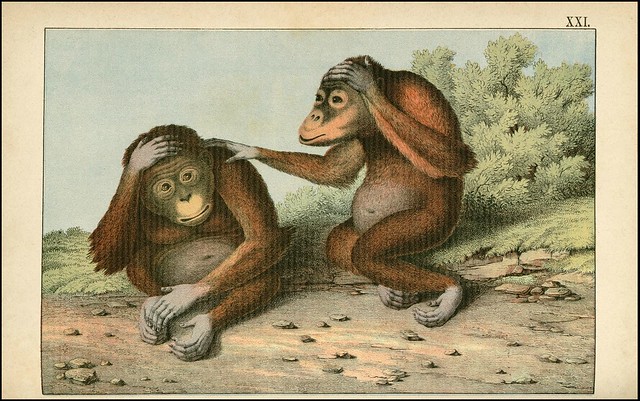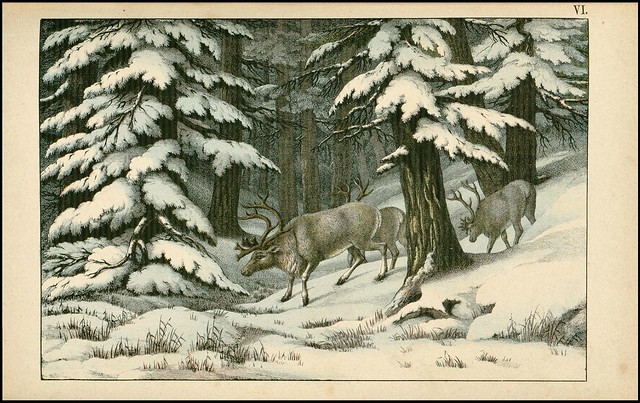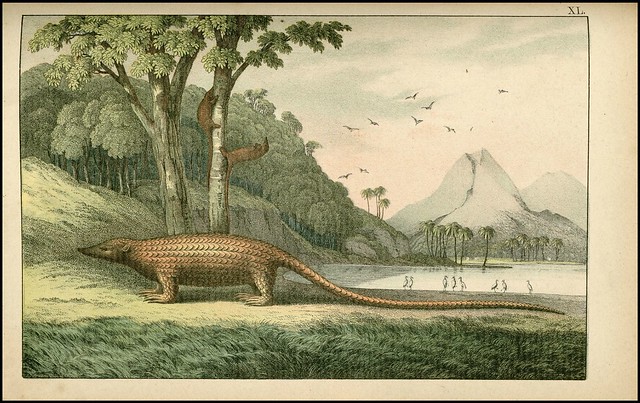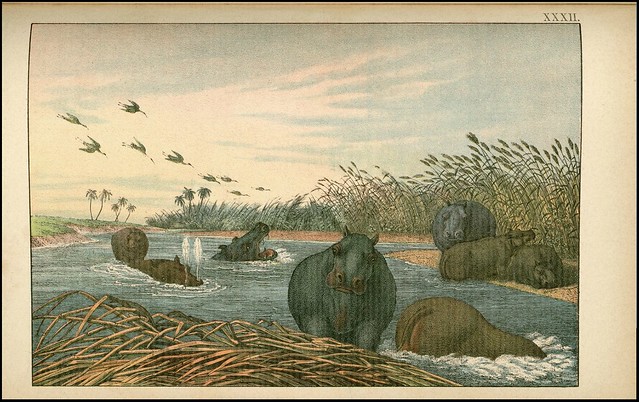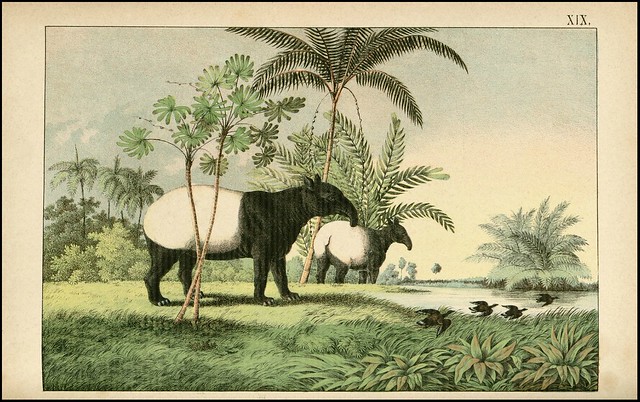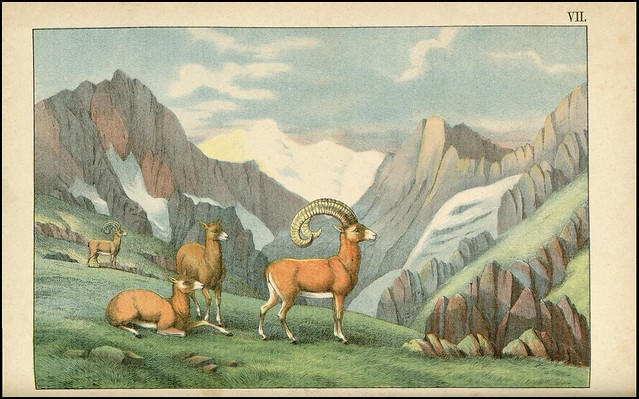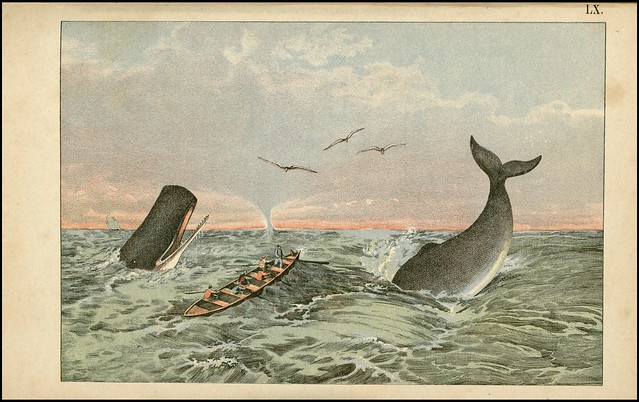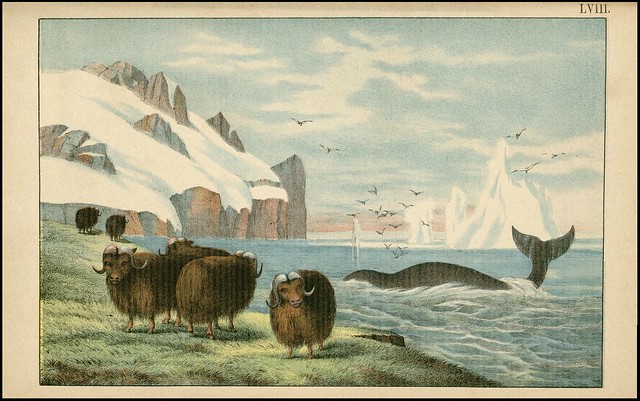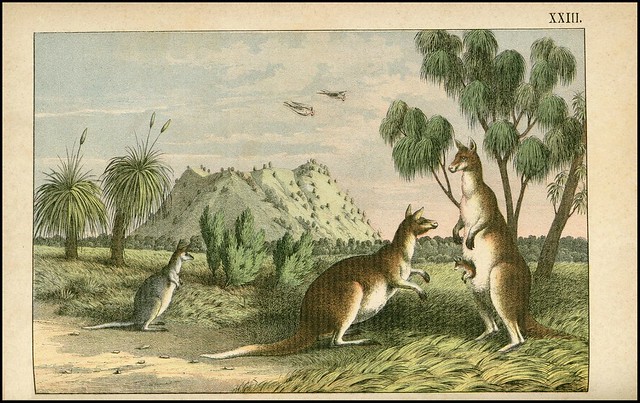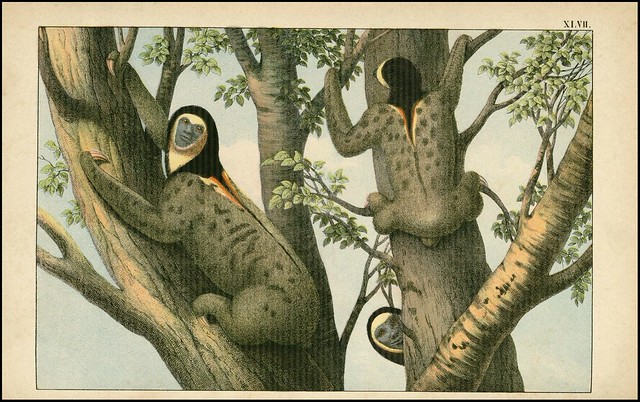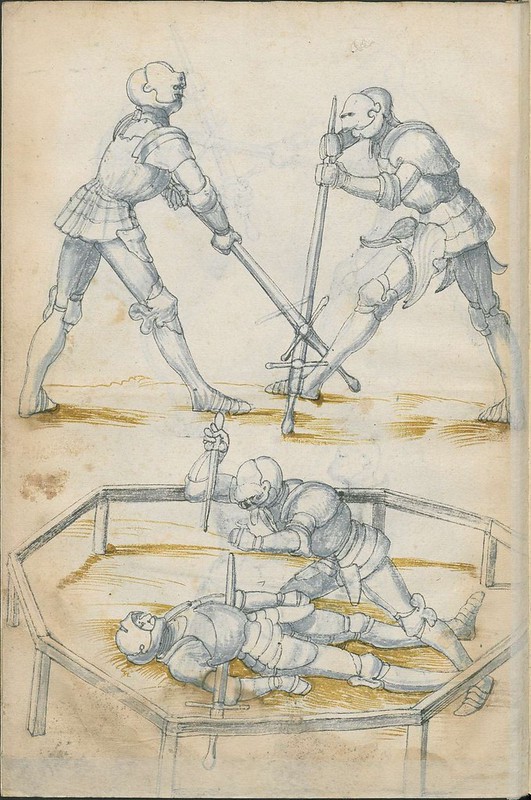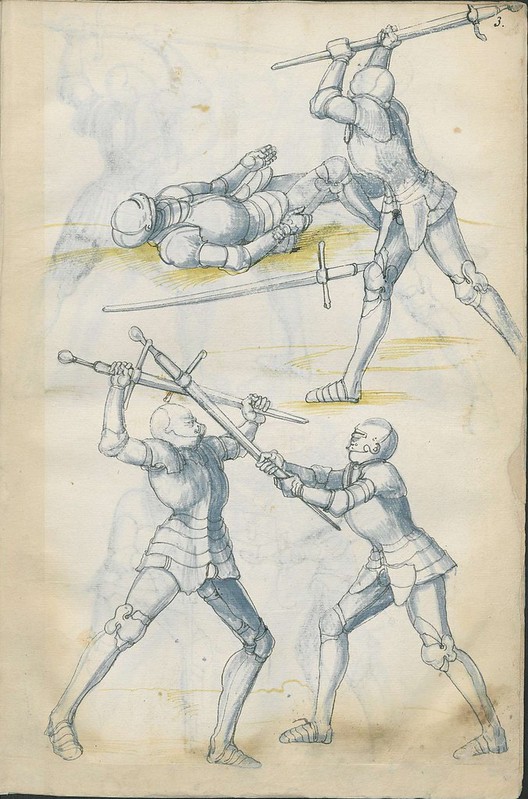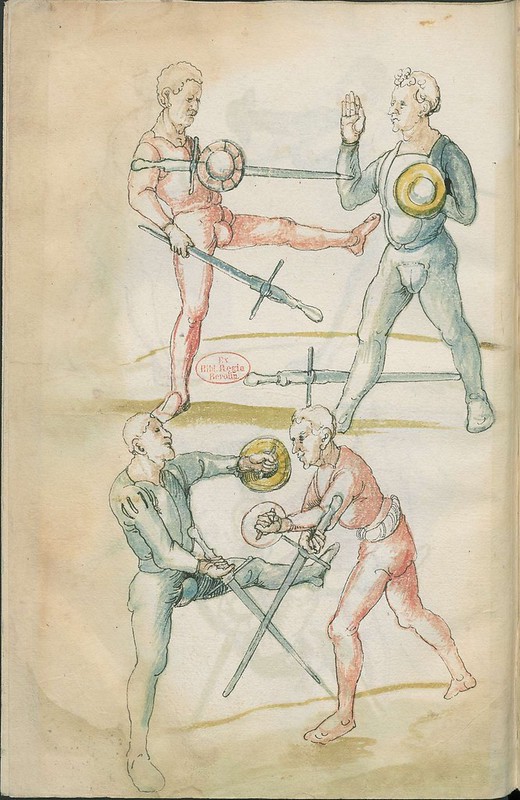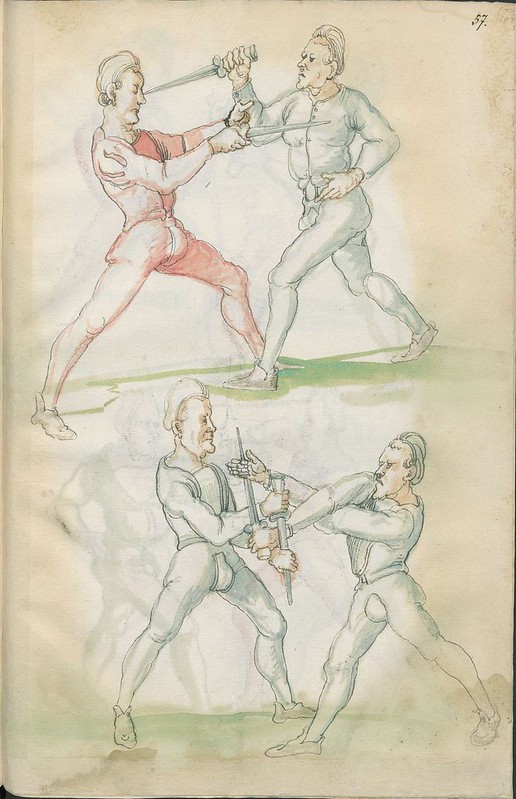Pantomime As It Was, Is And Will Be -
original ink & watercolour sketches by
the pseudonymous Alfred Crowquill

-The Prince becomes Pantaloon
-The Father turns into the Clown and a fool which he was before
-The Lover becomes Harlequin, his head is turned by the change
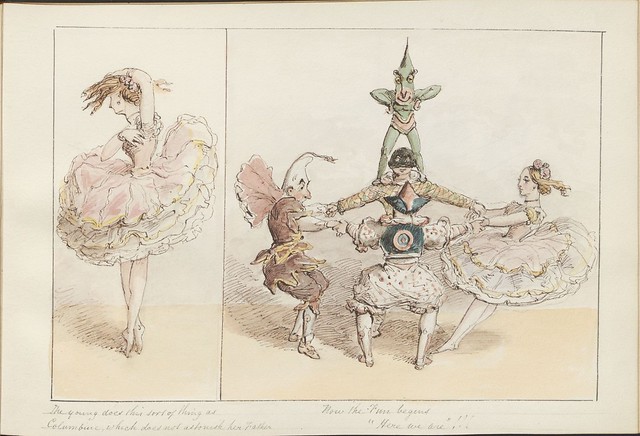
-The young does this sort of thing as Columbine, which does not astonish her father
-Now the Fun begins "How we are"!!!
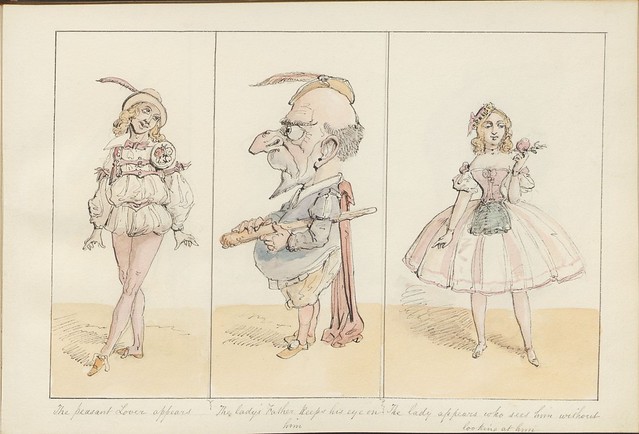
-The peasant Lover appears
-The lady's Father keeps his eye on him
-The lady appears who sees him without looking at him

-They rob and deceive the innocent!
-The Clown is taken into custody by a live Lobster
- He astonishes Pantaloon by his elegance as a female
"Harlequinade is a comic theatrical genre, defined by the Oxford English Dictionary as "that part of a pantomime in which the harlequin and clown play the principal parts".
It developed in England between the 17th and mid-19th centuries. It was originally a slapstick adaptation of the Commedia dell'arte, which originated in Italy and reached its apogee there in the 16th and 17th centuries.
The story of the Harlequinade revolves around a comic incident in the lives of its five main characters: Harlequin, who loves Columbine; Columbine's greedy father Pantaloon, who tries to separate the lovers in league with the mischievous Clown; and the servant, Pierrot, often involving a chase scene with a policeman."
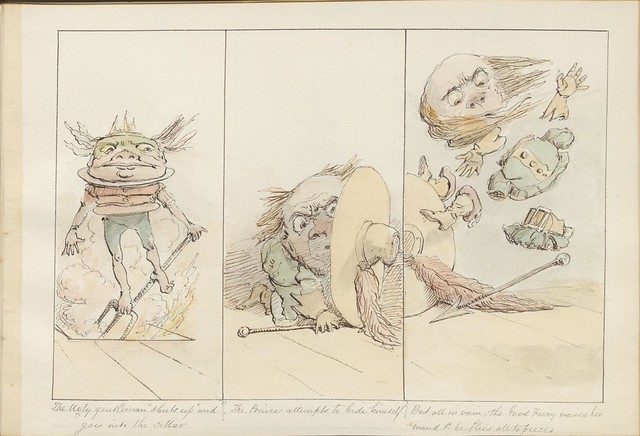
-The Ugly gentleman "shuts up"and goes into the cellar
-The Prince attempts to hide himself
-But all in vain, the Good Fairy waves her wand and he flies all to pieces
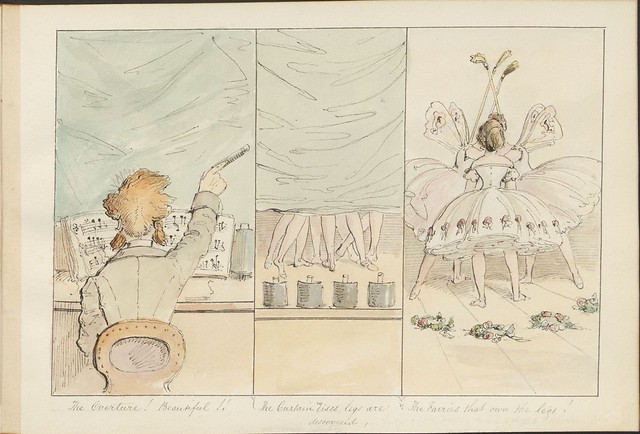
-The Overture! Beautiful!!
-The Curtain rises, legs are discovered
-The Fairies that own the legs!
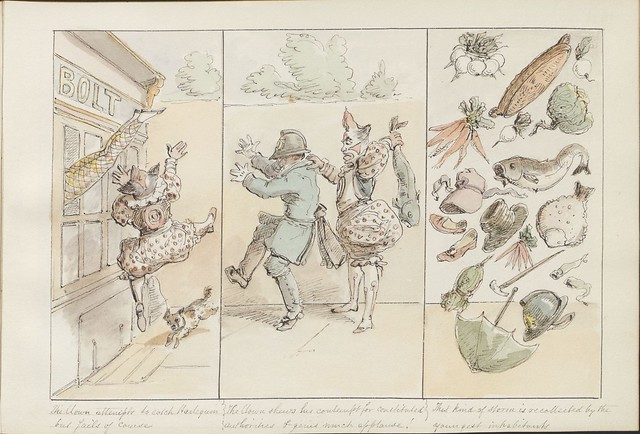
-The Clown attempts to catch Harlequin but fails of course
-The clown shows his contempt for constituted authorities and gains much applause!
-This kind of storm is recollected by the youngest inhabitants
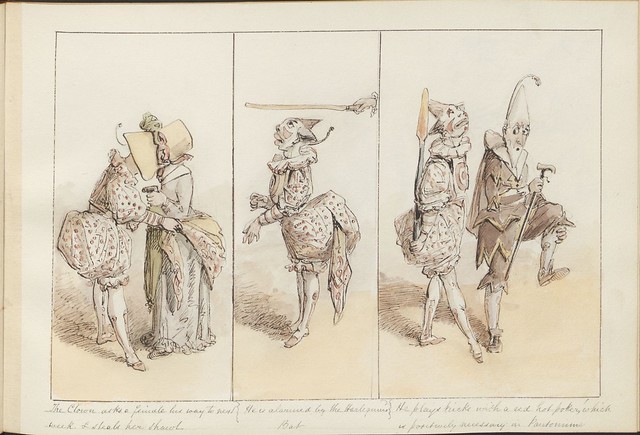
-The Clown asks a female his way to next week and steals her shawl
-He is alarmed by teh Harlequin's Bat
-He plays tricks with a red hot poker, which is positively necessary in Pantomime
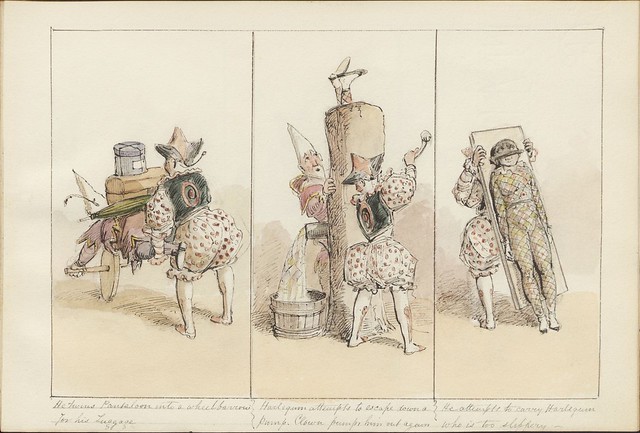
-He turns Pantaloon into a wheelbarrow for his luggage
-Harlequin attempts to escape down a pump. Clown pumps him out again
-He attempts to carry Harlequin who is too slippery
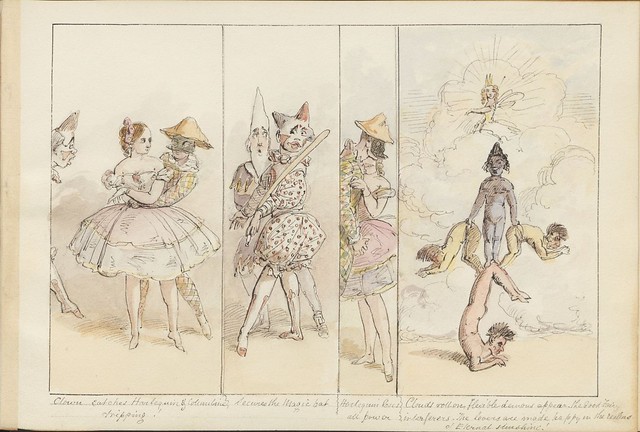
-Clown catches Harlequin and Columbine tripping
-Receives the magic bat
-Harlequin loses all power
-Clouds roll on, flexible demons appear. The good Fairy interferes. The lovers are made happy in the (?)realms of Eternal Sunshine!
The pseudonym *Alfred Crowquill* was used by a versatile pair of 19th century satirical illustrator-author brothers from London. Charles Robert Forrester^ (b. 1803) and his younger brother, Alfred Henry^ (b. 1804), contributed humorous sketches and verses to publications such as Punch and the Illustrated London News. Each of the brothers also worked independently outside of their loose partnership.
The panto sketches above are by Alfred Forrester and are his last contribution under the Crowquill pseudonym. They were published at the end of 1843 in the Illustrated London News and his older brother then became the sole user of their nom de plume.
Oddly enough, I noted in a read-around that prior to 1843, only a select few theatres were allowed to have performances featuring spoken dialogue! It took an act of parliament in 1843 to remove the licensing requirement and open up speaking roles for all theatres. So the many theatres staging totally mimed pantomime were then able to greatly expand the repertoire of the genre by attracting a new breed of writers
'Pantomime As It Was, Is And Will Be' album by *Alfred Crowquill* features about a dozen illustrated pages and is online at Houghton Library, Harvard University. [the album was sketched in 1842/1843] The images above were slightly cropped and some spots and pencil markings were removed. A few more illustrations in the set can be seen at the source site. {via}
The John Johnson Collection's Ephemera Resources Blog provides a small but very useful list of background links on pantomime, all from the V&A Museum. Most notably:
- Early Pantomime
- The origin of popular pantomime stories
- Victorian pantomimes
- All via the Pantomime homepage, where more articles, reading lists and background are available.
"Alfred Crowquill" aka The Forrester Brothers from The Victorian Web
Previously related on BibliOdyssey (at least)======> Severini Pochoir<=>The Purge of Discontinuity<=>The Masks<=>Lucky Dip<=>Dumpster Diving<=>Punch & Judy
